T4K3.news
Ancient bones point to early interbreeding
3D scans of a 140,000-year-old skull from Skhul Cave suggest Homo sapiens and Neanderthals interbred earlier than believed.
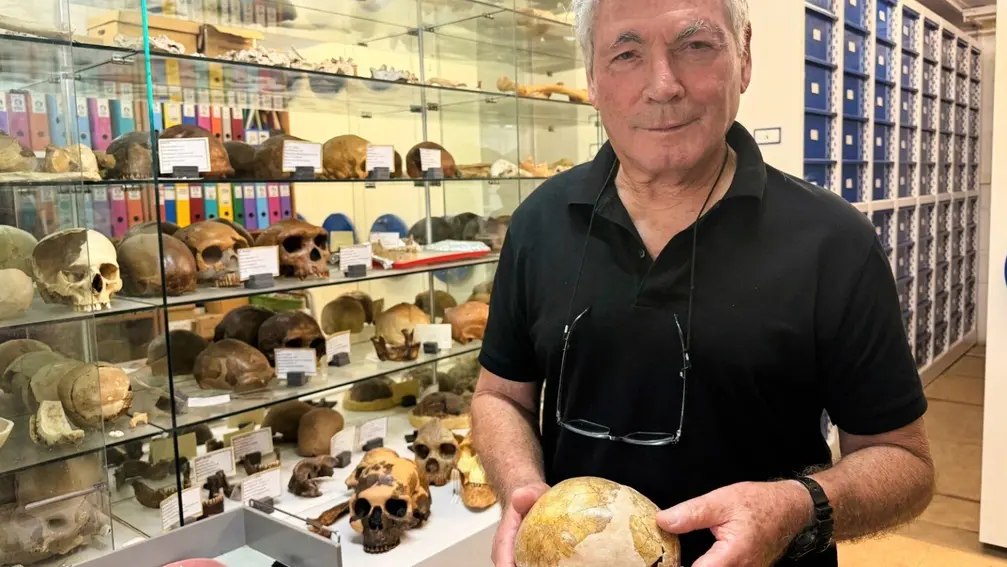
New 3D analysis of a Skhul Cave skull suggests Homo sapiens and Neanderthals interbred earlier than previously believed.
Ancient bones point to interbreeding with Neanderthals 140000 years ago
Researchers from Tel Aviv University and colleagues describe thousands of CT scans and a virtual 3D reconstruction of a child buried in Skhul Cave about 140,000 years ago. Because no ancient DNA was recovered, scientists rely on bone microstructure and vascular patterns to infer ancestry, noting traits associated with both Homo sapiens and Neanderthals. The study, published in L’Anthropologie, argues the bones point to an interbreeding event far earlier than the previously known example from around 40,000 years ago.
Lead researcher Israel Hershkovitz says the work pushes back the start of interaction to 140,000 years ago and suggests the two groups lived side by side with no clear signs of hostility. The team emphasizes that while the evidence favors a hybrid origin, DNA would be needed for definitive proof. The enhanced 3D mapping produced a more accurate skull reconstruction, revealing details invisible to earlier techniques and inviting a reevaluation of other antique finds.
Key Takeaways
"There was an extensive relationship between Homo sapiens and Neanderthals that started around 140,000 years ago."
Lead researcher describing the timeline of interaction
"Our aggressive behavior, which continues today in our long history, is a recent phenomenon that has cultural roots and not biological roots."
Hershkovitz on human nature and coexistence
"Skhul is telling us that Homo sapiens are not a vicious, aggressive creature, but one that managed to live in peace."
Hershkovitz on social relations in ancient times
"Without DNA, it will be impossible to prove that the child was a hybrid human."
Pascal Gagneux on research limits
This discovery challenges the tidy arc of human history. It suggests a long and nuanced relationship between early Homo sapiens and Neanderthals in the Levant, not a sudden clash followed by replacement. The use of 3D modeling shows how technology can unlock questions buried in old bones, but the lack of DNA means we must temper certainty with caution. The finding also shifts how we imagine social behavior in early humans, underscoring that coexistence and cultural exchange may have been more common than assumed.
Highlights
- Ancient bones tell a longer neighborhood story
- 3D science lets us hear what bones could not speak
- Peace in the caves upends the idea of early humans as lone conquerors
- The past keeps surprising us with hidden connections
History keeps reshaping our ideas about who we were and how we lived together.
Enjoyed this? Let your friends know!
Related News
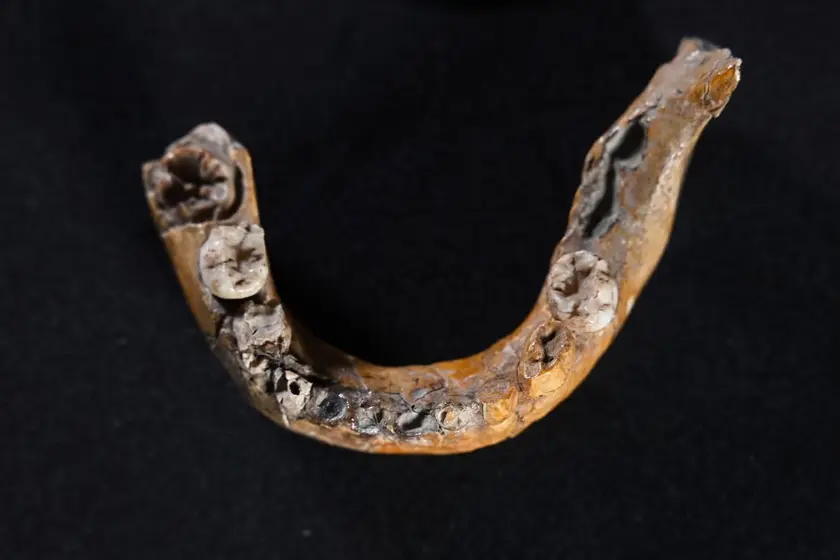
Ancient bones reveal early Homo sapiens Neanderthal contact
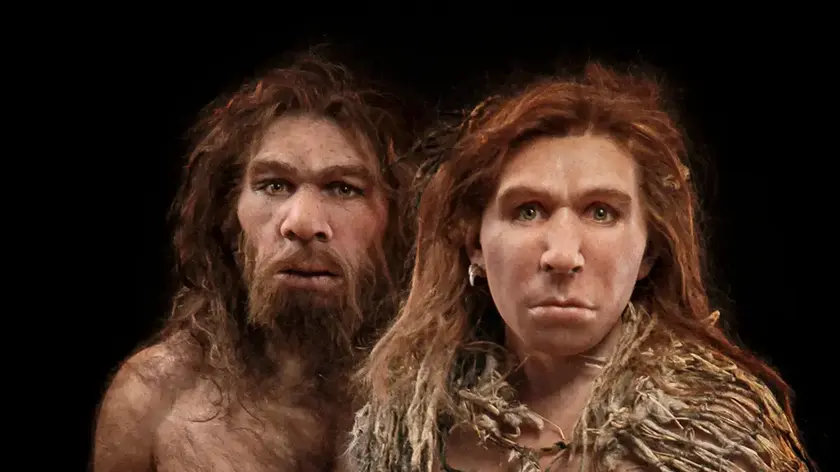
New findings reveal connections between humans and Neanderthals
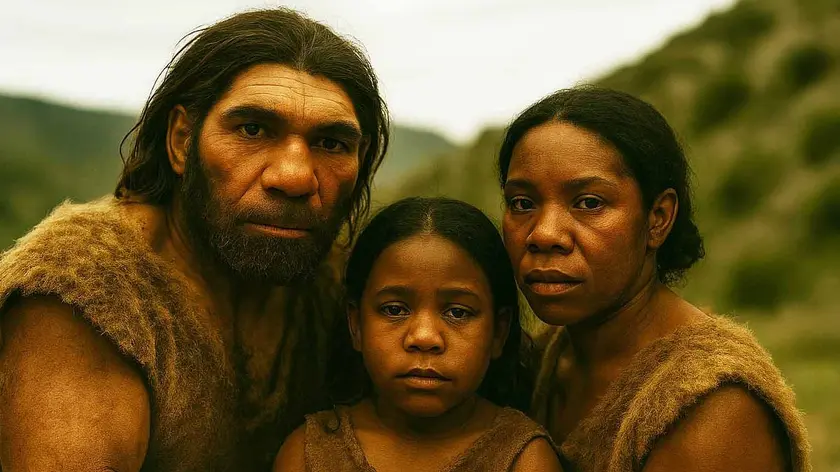
Ancient crossbreeding find reported
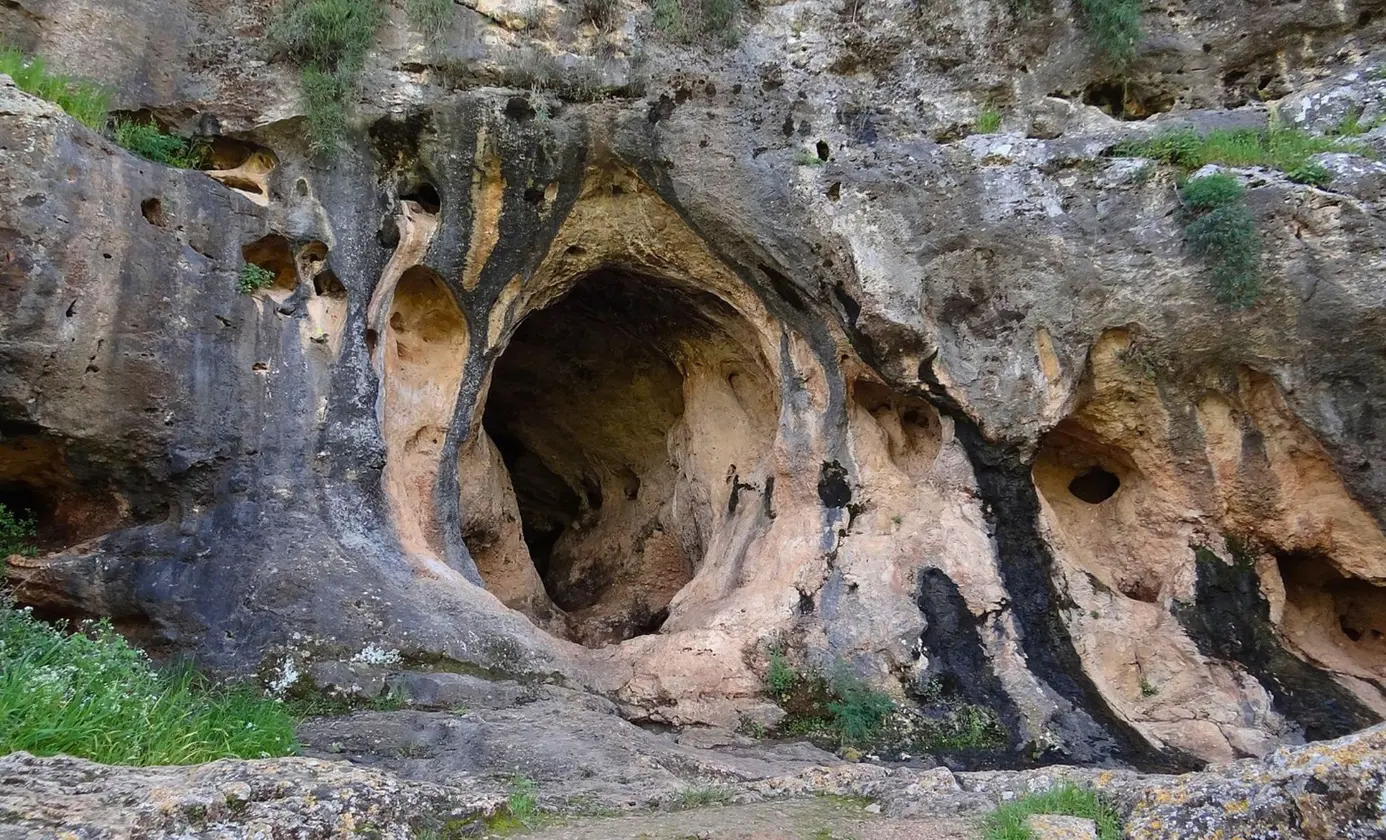
Ancient Child Skull May Change Our View of Human Evolution
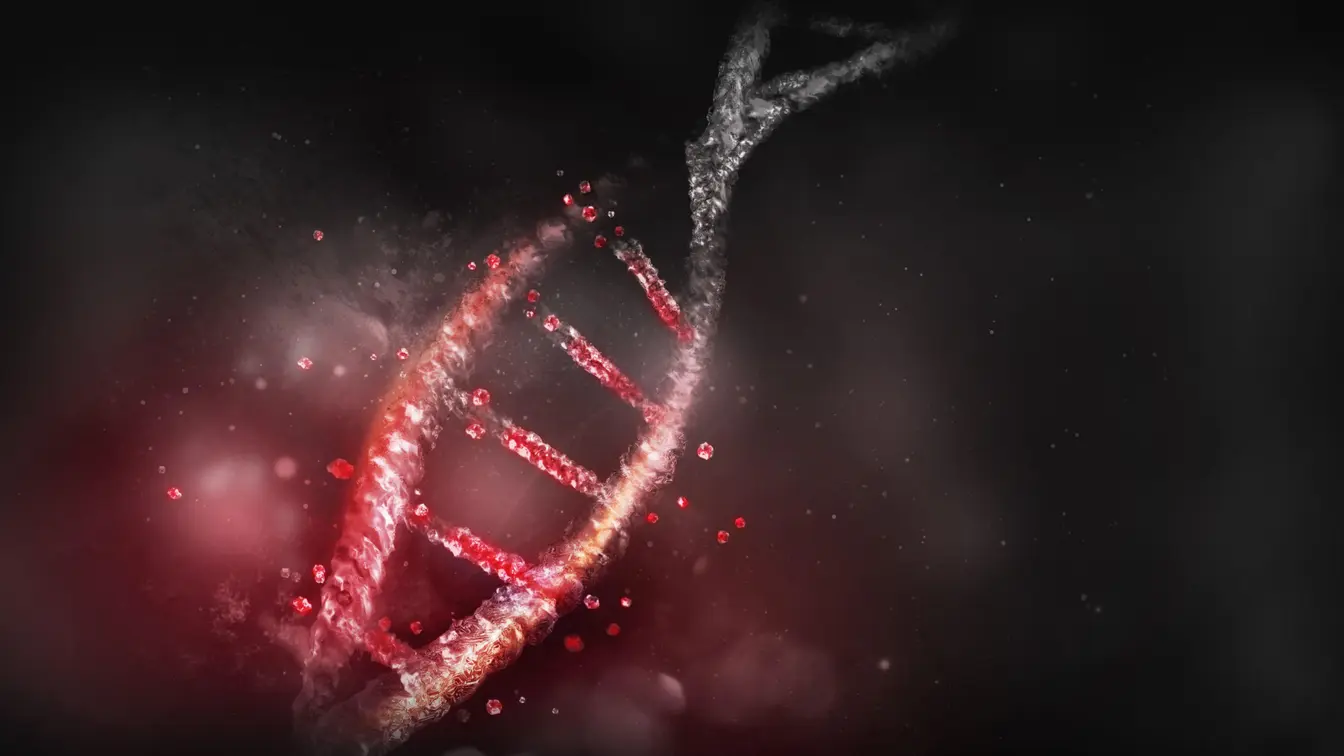
Proteins Extend the Human Evolution Narrative Beyond DNA
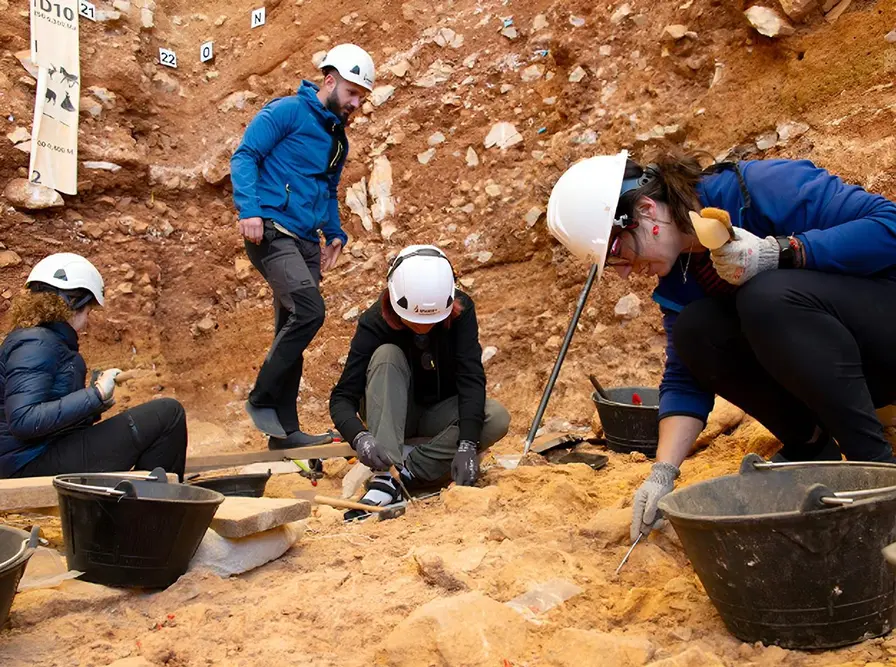
New evidence reveals ancient human cannibalism in Spain
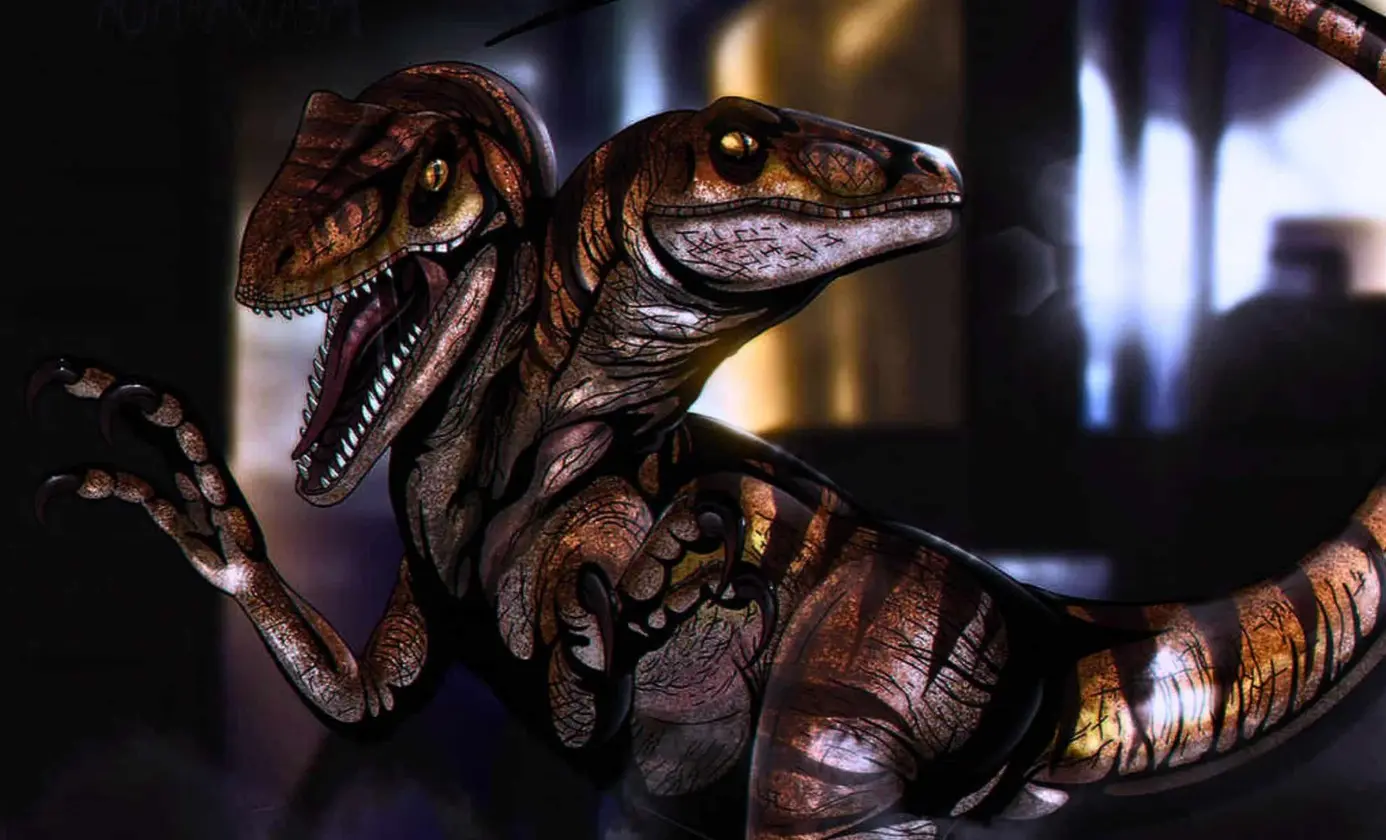
Two-Headed Hyphalosaurus Discovered

Ancient plesiosaur unearthed after decades in museum vault
